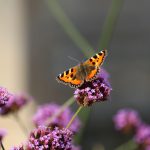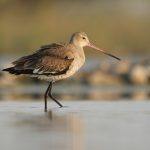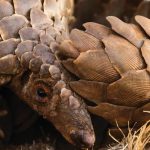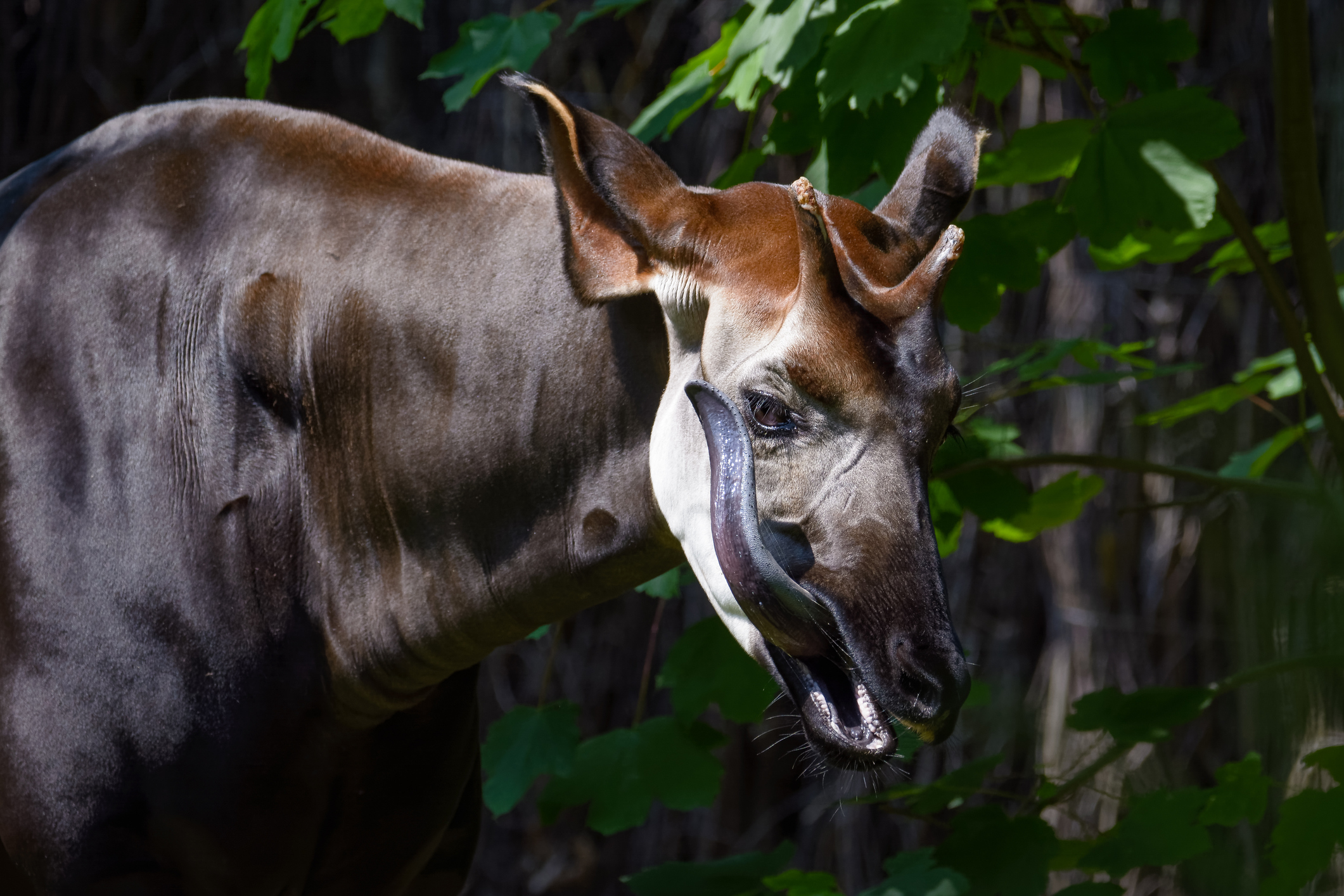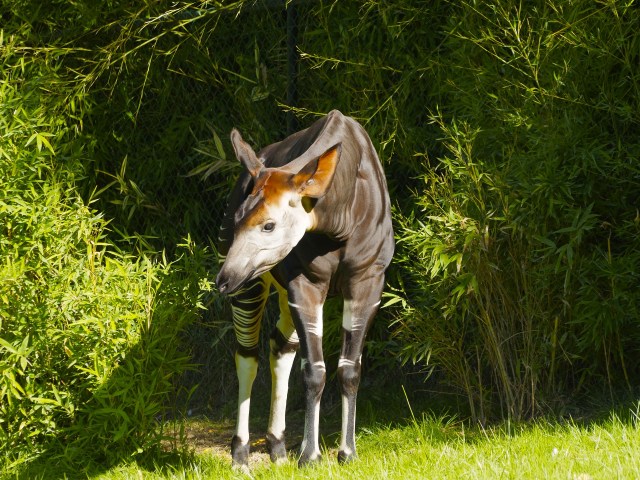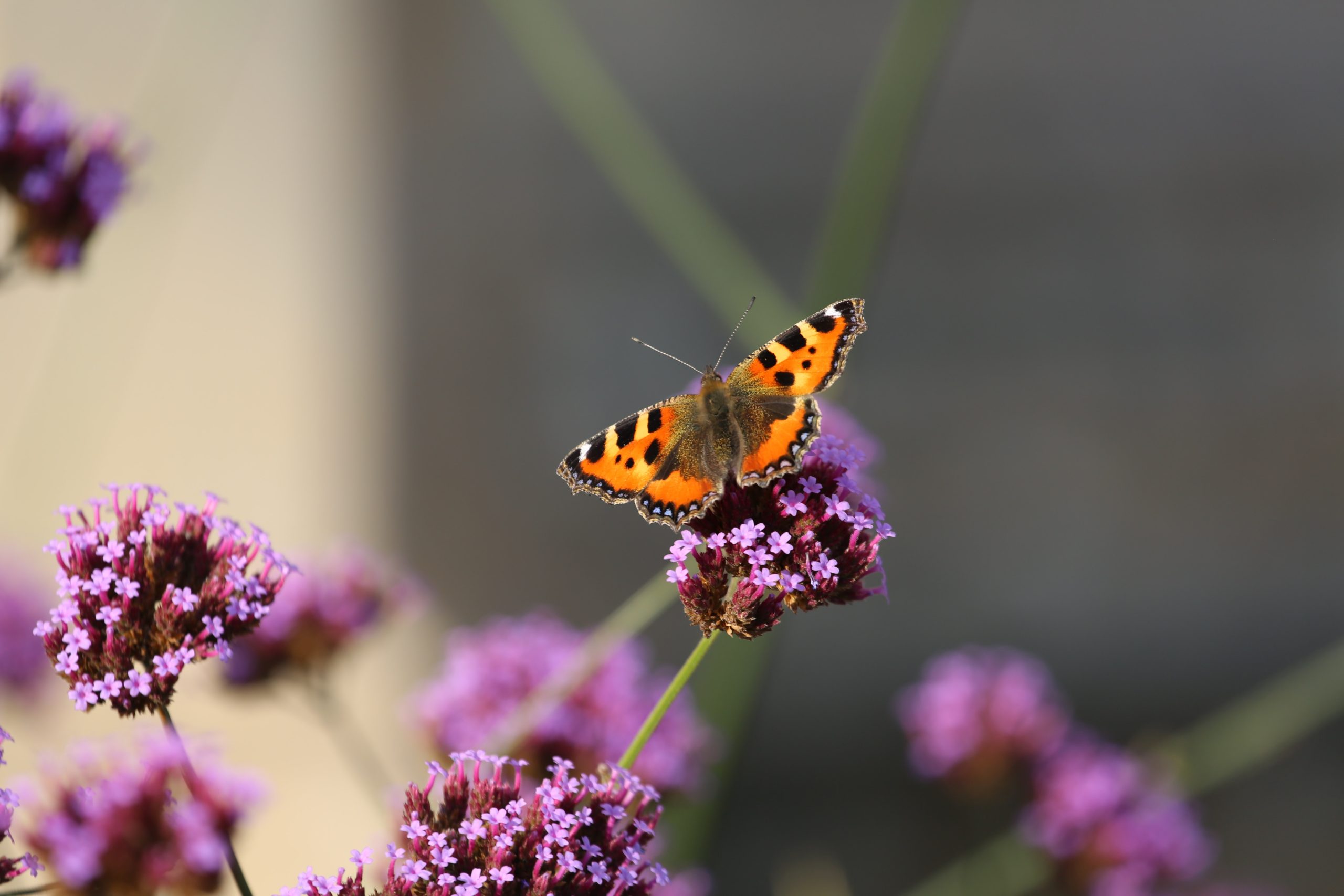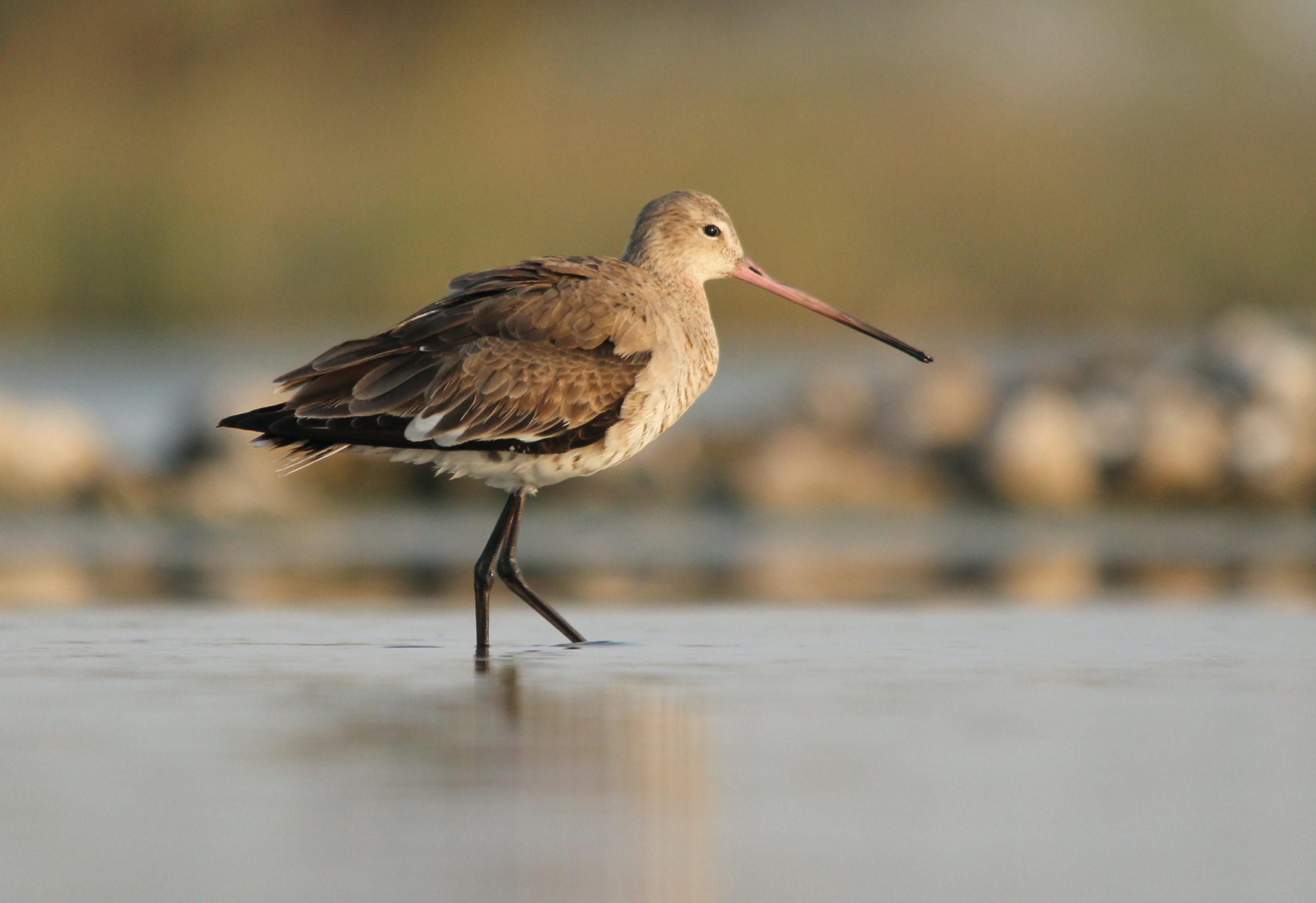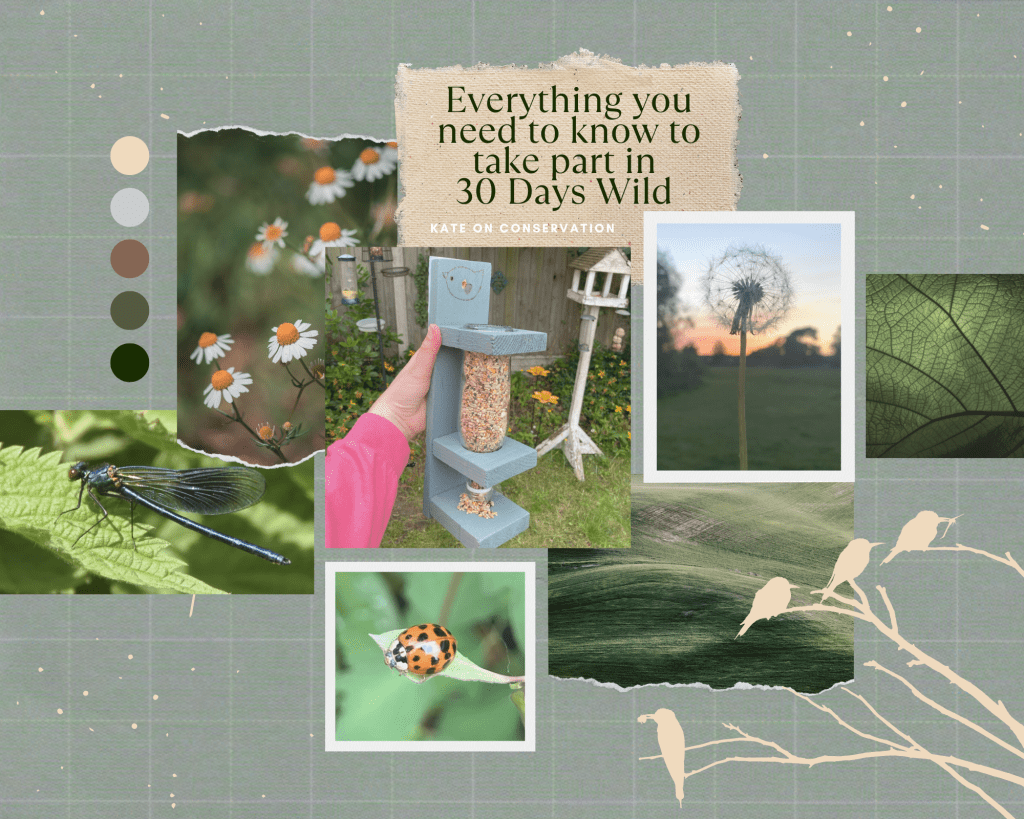[ad_1]
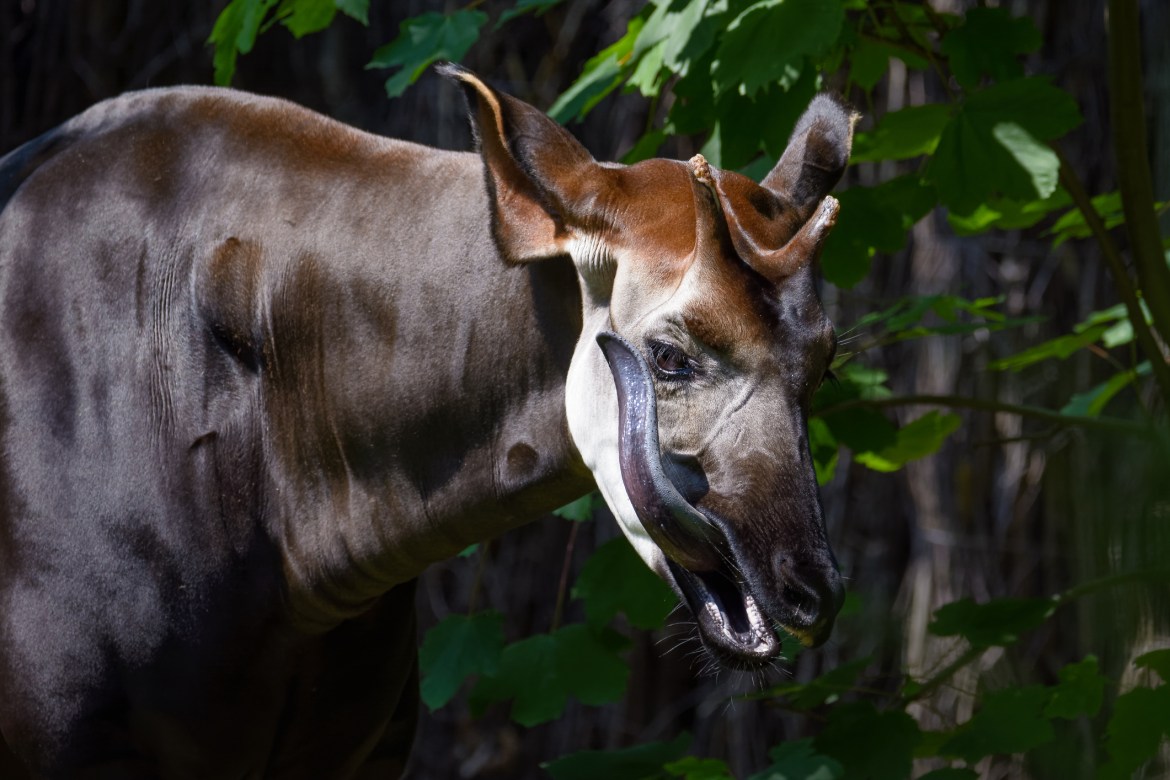
I like to find an excellent ‘uncommon reality’ within the case of the animal kingdom. The okapi — sometimes described as a cross between a zebra and a giraffe (with a quick neck) — is a sort of animals that may have merely featured inside the misplaced of ‘10 Uncommon Animals You Perhaps Didn’t Know Existed‘. One among many okapi’s most unusual choices is its black tongue. On this customer put up, David Crespo shares his idea on why the okapi’s tongue is that this unusual coloration…
Why Do Okapis Have Black Tongues – Idea by David D Crespo
An okapi tongue, like numerous points about this ‘unicorn of Africa’, is significantly of an enigma. 120 years since its discovery by the Western world and we nonetheless can’t completely make clear definitely one in every of its most famed choices.
What Colour is an Okapi’s Tongue?
An Okapi’s tongue is commonly black, although it would most likely look blackish-blue or blackish-purple beneath positive lighting. That’s much like its closest residing relative: the giraffe. However people have been contemplating why these two animals, which dwell in absolutely completely totally different habitats, would share the similar coloration shades of the tongue.
What Causes the Okapi’s Tongue Colour?
The rationale for this uncommon tongue coloration is a heightened amount of melanin (though on this case, it’s notably eumelanin), which is a broad time interval for a bunch of pores and pores and skin pigments.
What Does Melanin Do?
It’s these pigments that will create darker pores and pores and skin, irises and even hair. Although they’ve many capabilities, a big one is absorbing harmful Ultraviolet/UV radiation. This protects pores and pores and skin cells in the direction of cellular hurt from mounted and/or intense daylight publicity.
This security extends to all sorts of UV delicate along with UVA, UVB and UVC, along with blue delicate. Melanin is produced by a specialised kind of cell known as melanocytes. These are primarily found inside the outermost layer of the pores and pores and skin.
Upon contact, any of those UV varieties are swiftly and ruthlessly absorbed by the melanin sooner than they’re going to harm the fragile nucleus and subsequently DNA of the pores and pores and skin cells. It’s essential they do; if the radiation reaches the nucleus, mutated cells might very effectively be ‘born’ all through cell division or mitosis. That’s how pores and pores and skin most cancers spreads.
Since giraffes are always out on the open savannahs, repeatedly exposing their tongues to the merciless African photo voltaic whereas feeding, the tongues have superior better parts of melanin. Apparently, the tone of every giraffe and okapi tongues is darker in course of the tip than the once more and on the topside compared with the underside.
What’s the explanation for this affiliation of melanin? These components of the tongue are most weak to UV radiation.
The place Do Okapis Dwell?
Though an okapi’s tongue is much like a giraffe’s, the two dwell in very completely totally different environments. Okapis dwell beneath intently shaded canopies of tropical rainforests inside the Democratic Republic of the Congo (DRC) in Central Africa. Notably, they reside inside the Central, Jap and Northern of the nation, primarily all through the Ituri Rainforest and the Maiko Nationwide Park.
Because of dense, lush foliage of the emergency cowl and the understory layers, solely about 1-5% of the every day daylight normally reaches flooring stage. To the aim the place it actually takes longer to notice it’s daytime (or if it’s raining) whilst you’re on the forest flooring than ought to you have got been inside the increased layers!
Due to this ground-dwelling animals inside the rainforest almost always dwell in a dimly-lit atmosphere with sunshine being a scarce sighting. Nonetheless then why do okapis nonetheless have tongues filled with melanin much like their giraffe cousins?
Why Does The Okapi Have A Black Tongue? (A Idea)
This may occasionally often sound contradictory, nevertheless I contemplate okapis may want their blackened tongues for the same motive as their relations – to forestall UV rays from damaging the pores and pores and skin cells of the dermis. You might shock how they’re going to uncover such lighting with. The reply is delicate gaps (additionally known as tree-fall gaps).
These large holes inside the cowl are common when one or numerous ‘emergent timber’ fall over, each resulting from outdated age, sickness storms or parasites. These gaps allow delicate to shine via the duvet reaching proper all the way down to the forest flooring. And it in order that happens the okapi’s feeding habits are fully suited to these delicate gaps.
Okapi Feeding Habits
The falling of an emergent tree is a surprisingly frequent event inside the rainforest and is generally the work of tropical thunderstorms. And with out giant emergent timber hogging up the entire space and daylight, there are new alternate options for further delicate, lower-growing vegetation to develop and flourish.
For example, each time a lightweight gap is common and the patch of flooring below is emptied, it is quickly colonized by numerous species. All of which can be fast growers nevertheless aren’t tailor-made for an prolonged lifespan.
Expansive clearings are moreover the place the vegetation will most likely be a lot much less extra prone to have defensive variations. With all the extra space, photo voltaic, rain and nutrient-rich soil, these plant species can afford to put further time, vitality and bodily belongings to develop and regrow any components eaten by hungry herbivores.
Out of those herbivores, the okapi may be most likely probably the most prolific within the case of feasting on understory flora. And the tongue is a big adaptation for the okapi’s feeding habits.
As soon as extra like their giraffe cousins, okapis have tongues which may be really prolonged and prehensile. This suggests the tongues can actually wrap spherical and seize points, akin to a person’s hand. So okapis can use them to delicately pull gadgets of foliage off branches and the underside.
They try this method when feeding sparingly on the 100 or so plant species of their meals routine! Feeding solely sparingly so to stay away from ingesting an extreme quantity of of anyone chemical or toxin that might be present inside the vegetation devoured.
Along with the assorted temporary, rapid-growing and light-dependent vegetation found inside the light-gaps, okapis usually take pleasure in consuming charcoal, clay and bat droppings too. The rationale behind these unusual cravings is because of they embody the minerals and salts okapis require.
[ad_2]

